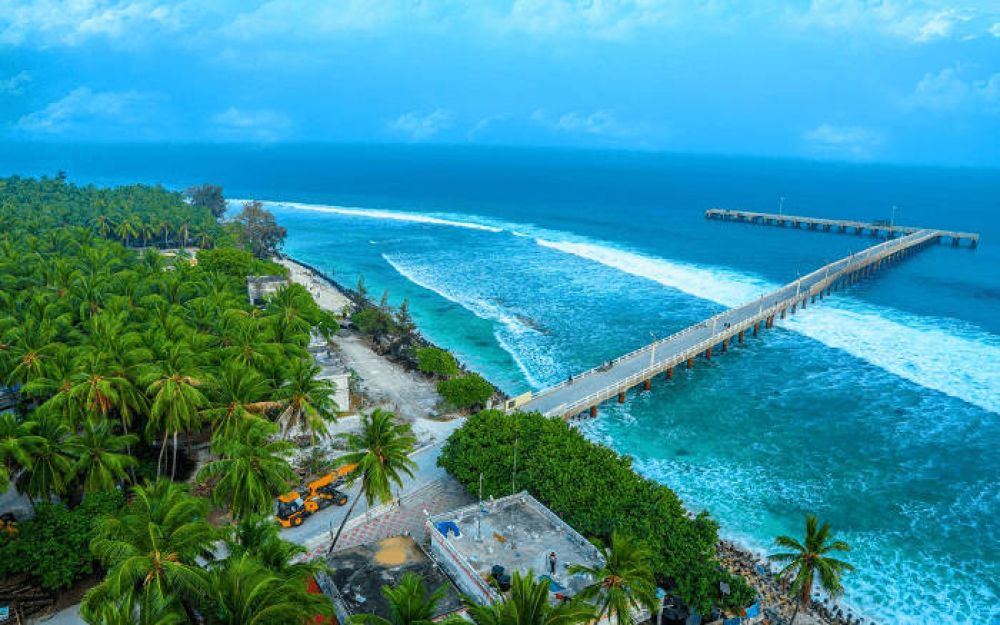

As a sliver of tropical paradise located in the Lakshadweep archipelago off the southwestern coast of India, Kadmat Island, also known as Cardamom Island, has not always been as accessible to tourists as it is today. It was once a secluded and untouched land with limited interaction with the outside world.
Tourism in Kadmat has relatively recent origins, with the development largely beginning in the 1970s. Before this period, the island was known primarily for its rich marine life and traditional industries, such as fishing and coconut cultivation. The concept of commercial tourism was alien to the residents, and infrastructure to support such an industry was virtually non-existent.
The government of India, recognizing the potential of Lakshadweep as a unique tourist destination, initiated efforts to promote tourism in the archipelago, including Kadmat. This involved the construction of basic amenities, the establishment of SPORTS (The Society for Promotion of Nature Tourism and Sports), and the implementation of environmentally conscious policies to preserve the delicate ecosystem of the islands.
Kadmat Island soon carved out its niche as a premier location for snorkeling enthusiasts, thanks to its crystal-clear waters, vibrant coral reefs, and diverse marine life. The development of Kadmat as a hub for snorkeling was a meticulous process, which involved setting up dedicated snorkeling sites while ensuring that the environmental impact was kept to a minimum.
With conservation in mind, the island promoted responsible snorkeling practices and created zones specifically for this activity. Initiatives were also taken to educate visitors on the importance of conserving the underwater ecosystem. These practices helped Kadmat to establish itself as a snorkeling paradise without compromising its natural beauty.
Today, Kadmat Island boasts of a more developed tourism infrastructure, with a range of accommodations from simple huts to more comfortable resorts. To keep pace with global tourism trends, Lakshadweep has focused on sustainable and ecotourism initiatives. Kadmat, in particular, has benefited from these by offering activities like kayaking, wind-surfing, and of course, snorkeling.
One of the latest trends in Kadmat tourism is the increasing emphasis on personalized and private experiences. Travelers are now seeking exclusive snorkeling tours where they can explore untouched parts of the reef with experienced guides. Customized holiday packages that combine relaxation with adventure are also gaining popularity.
Although tourism in Kadmat Island, Lakshadweep, India, had a humble start, it has grown significantly over the years. The island has managed to preserve its pristine environment while providing visitors with the unique opportunity to discover its underwater marvels through activities like snorkeling. As long as sustainable principles guide its tourism development, Kadmat Island will continue to protect its treasures and offer awe-inspiring experiences to travelers from around the world.